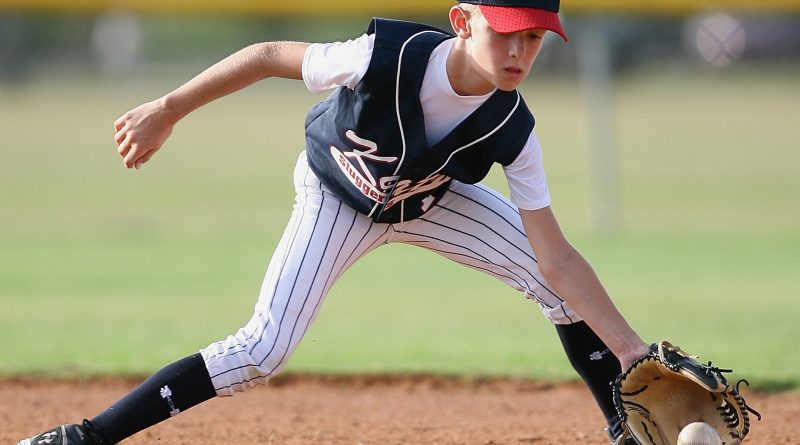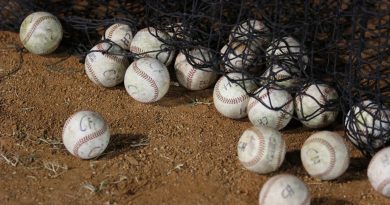What Pays Better For a Young Baseball Player: College Or the Pros?
You might want to consider if it makes more sense for your son, a baseball prospect, to stay in college or enter the professional ranks straight immediately. You might be surprised by the cost of becoming a professional.
Only baseball and basketball combine high school and college player drafts among the four major American sports. Baseball offers many more options than basketball, which only has a two-round selection and includes players from foreign professional leagues. In the ten-round Amateur Baseball Draft, only players from high school and colleges are eligible.
While baseball provides recent high school graduates with quick professional options, a minor league ballplayer typically needs three or four years of experience to be prepared for the major league squad. A player who inks a contract in 2023 and reports right away to a Class A or Rookie League team should be on the main league roster by the 2026 season.
Before the start of the 2023 season, minor league players approved their first collective bargaining agreement with Major League Baseball. A five-year contract was reached between players and league executives. The agreement increases the minimum pay for minor league players by tens of thousands of dollars and introduces offseason payments for the first time. The pay for new hires will increase from $4,800 to $19,800. Pay will increase from $11,000 to $26,200 at Low-Class A and from $13,800 to $27,300 at High-Class A. Players in Triple-A, which is one level below the major leagues, will earn between $17,500 and $35,800.
The decision to forgo college must take also into account the player’s signing bonus and the caliber of the colleges giving scholarships. If the academics are good enough to prepare a baseball player for life after the game, it might not be wise for them to forego a top college program.
What is a good benchmark for a high school baseball player’s signing bonus?
My general rule of thumb is that the signing bonus should be at least as much as what four years of projected college expenses plus the major league minimum salary will cost. Although it’s normal for baseball players to leave school before finishing their degrees, this is based on the assumption that the player would stay in school through his final year. The player should have the chance to save enough money to pay for college while he toils in the minors, worst case scenario if he does not make the main leagues.
Using this guideline, a high school player would require a signing bonus of at least $960,000.
The $960,000 cutoff is determined by:
- At a prestigious private university and established baseball powerhouses like Stanford, the University of Miami, or the University of Southern California, the total cost of tuition, fees, room and board, and necessities was close to $60,000. These expenses may be close to $240,000 if not more, to earn a 4 years bachelor’s degree.
- The Major League Baseball Players Association and the owners of all 30 Major League Baseball teams have most recently agreed to a $720,000 minimum pay for the 2023 season. The lowest pay will be $740,000 in 2024, $760,000 in 2025, and $780,000 in 2026.
What about a baseball player who has earned a degree or completed some of his college coursework?
A college player’s signing bonus should, at the very least, cover the remaining expenses of his education as well as any wages he may have made had he not chosen to play baseball.
A player with a community college degree has already invested in his education and can use it to obtain employment, transfer to a four-year university, or go pro. The cost of a four-year private college degree for a community college graduate might reach $100,000. Depending on grades and course of study, his entry-level wage after earning his bachelor’s degree might range from $35,000 to $55,000. However, this player may still require three to four years of minor league experience before being ready to play at the major league level.
This player would require a signing bonus greater than $180,000, but if he continues his education and performs well the following season, he may be eligible for a larger bonus.
The scholarship athlete who earned his degree can continue playing baseball or pursue another career. His compensation after three or four years of non-baseball employment may approach, maybe exceed $50,000, roughly the same as tuition and college expenses. Like other prospects, he may require some seasoning in the minors. Additionally, his bonus needs to be greater than $180,000.
What is the main compromise?
The best high school baseball talent must weigh the potential of delaying college against the likelihood of being selected to a professional league squad within four years. A professional baseball player finds it challenging to attend college during the off-season due to travel and seasons that run concurrently with the fall and spring semesters. Winter baseball is also emphasized for top prospects, and this interferes with study time.
However, there are only a select few high school players who can command the substantial salaries that make turning pro profitable. This number changes annually based on the level of talent in the field of draft-eligible players.
After each season of amateur competition, the top college prospect must weigh his options for advancing his schooling and increasing his signing bonus. The college prospect will have a degree, but he will begin his professional career later than usual, particularly if he needs to gain experience in the lower leagues. The college graduate, though, has more possibilities for what comes after baseball.
It would be preferable for the athlete to build a post-baseball existence on a college degree rather than go back home and bemoan glory days unless he becomes an established major league star.




